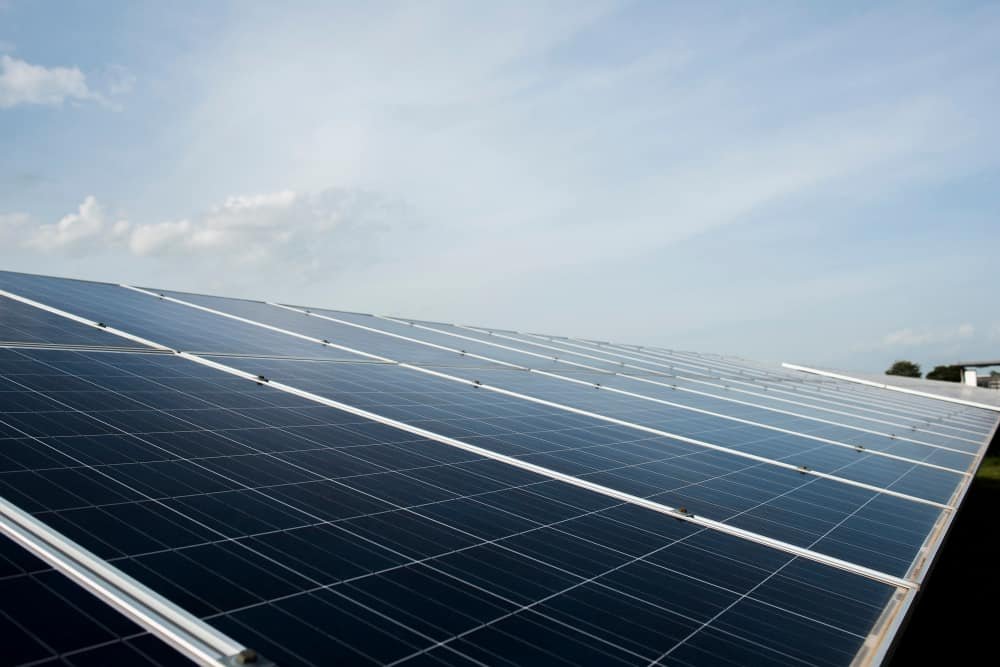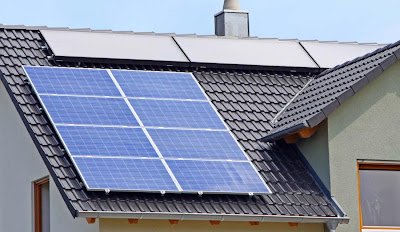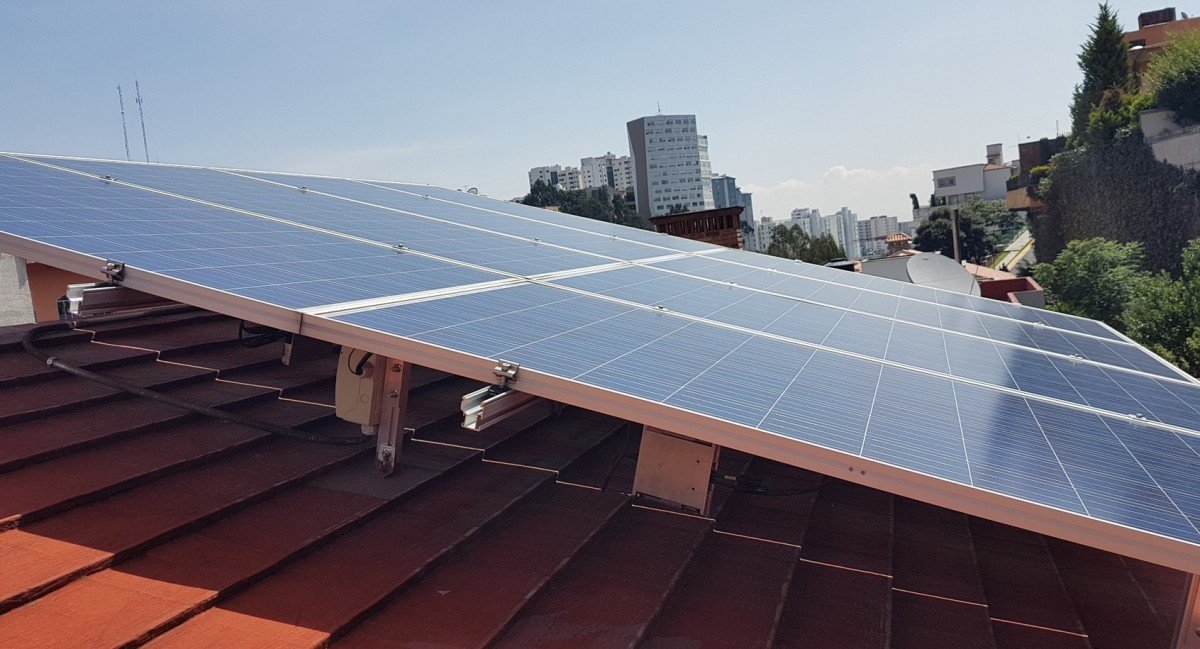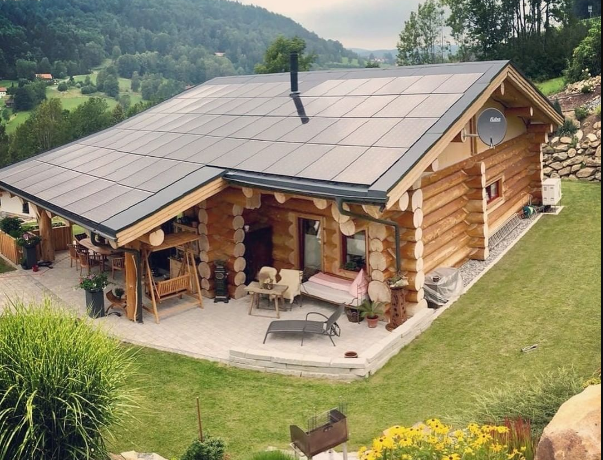
solar inverters
Solar inverters are the heart of the photovoltaic solar energy system. When you install solar panels, you will need one or more solar inverters and know how many solar panels you need for a house.
solar inverters
By choosing your solar panel to gain maximum return flow. If you’re thinking of using solar power in your home, you’re no doubt wondering what all the fuss is about on types of solar inverters. You can use simulations with cade simu for the design of the electrical circuits of the solar system. If you want to know about Problems with photovoltaic inverters.
[orbital_cluster tags=”23″ order=”DESC” postperpage=”12″]
Everything you need to know about the types of solar inverters
What is a core inverter? What is a microinverter? Is one better than the other?
We could go on reading literally page after page about the different types of solar inverters, and it could probably leave you even more confused than you are right now. So instead of overcomplicating things, let’s talk about solar inverters in easy-to-understand terms so you can decide which type of inverter is best for you and your family.
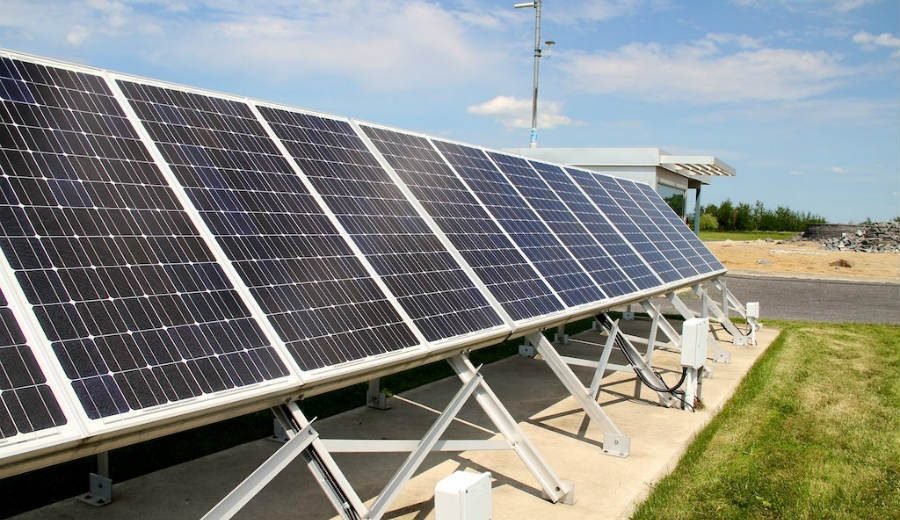
What is a solar inverter?
A solar inverter is simply a device that converts the electricity your solar panels collect from direct current to alternating current. In other words, it takes the power from your solar panels and uses it to power the appliances and devices you plug in: your TV, your computer, your microwave, etc. The panels themselves do not create the power, they need an inverter to make this happen.
There are two types of inverters: central and micro. So what is the difference?
What is a core inverter?
A central inverter is the most common type. It is also known as a string inverter. This is the least expensive option for homeowners in the United States who use solar energy, and is the most effective type of solar inverter for homeowners who have roofs that are not shaded during the day and are not oriented in various directions (gabled). , for example).
With a central solar inverter or string inverter, your solar panels are arranged in strings and deliver the energy they collect to a main inverter. This main inverter transforms the electricity provided by the panels into alternating current that powers your appliances.
This type of inverter is called a “string inverter” because it works on panels that are installed in sequence or in a chain. They are connected to each other and then fed into the inverter. This type of technology has been used for a long time and works well for most applications. The downside is that if your solar panels are likely to be shaded, then the string’s power output will drop to its lowest level.
You could think of this in the same way as trying to run water through a hose; you could have a 50 foot long hose, but if there is a six foot kink, what do you think will happen? There will be no water running through the rest of the hose. It’s the same with your string inverter – you could have a ton of solar power running through most of your panels, but if they get to a point where nothing happens, the whole system is only as good as the weakest link. . In fact, one of the most common problems with central solar inverters is that they end up being shaded.
You could of course remove the source of the shadow, for example cutting down the tree that is causing the shadow. Or you can place the panels where they are not in the shade. But circumstances can change, and a core investor who doesn’t get shaded today could conceivably get it tomorrow.
Who makes string inverters? There are many companies that manufacture string inverters. Fronius, ABB/Power One and SMA are just a few.
What are microinverters?
Microinverters are not string based. In fact, they take the output from a single panel and convert it into usable electricity for your home. As soon as the sun hits a solar micro inverter, it generates usable electricity for your home.
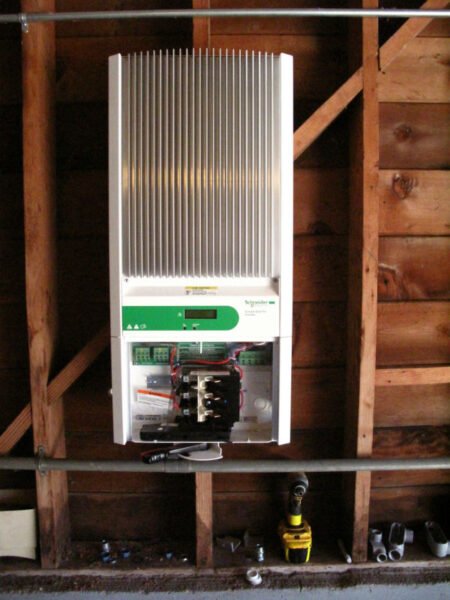
This type of solar inverter is much smaller than a central inverter, and because it does not work in sequence, a problem with one inverter will not affect others in the sequence. If one panel fails, the rest will continue to supply power. It’s kind of like the way your Christmas tree lights work: you know how frustrating it can be when one light goes out and all the others die too.
With microinverters, any one in the string can be turned off, but the others will continue to run. You may have one panel that is blocked by leaves, snow, or anything else that might cause you to lose sight of the sun, but the others will still work. This is because each and every panel is a unit in itself.
Advantages of solar microinverters
Another advantage of microinverters is that they come in sizes to fit any home. Central inverters are limited in terms of nominal power. Because of this limitation, if you’re on a core investment system, you could end up paying for a system that offers more than you really need. Microinverters, on the other hand, are customizable. You will end up getting neither more nor less than what you really need from your solar inverter.
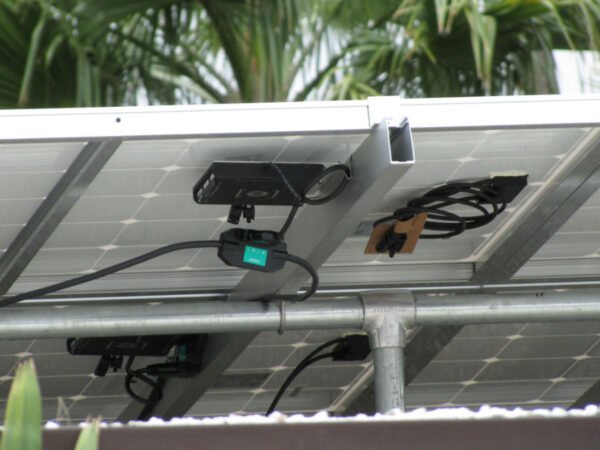
Microinverters also take up considerably less space than central inverters. This is because they require less energy. You won’t have to worry about needing cooling fans on the ceiling and you won’t have to dedicate a lot of space to them. There is no need for large transformers because they require less power than central inverters.
reliability
Microinverters are also more reliable than central inverters. This is because they do not consume as much energy and produce less heat. They last longer. Consequently, they offer more warranty protection than less reliable systems. Most providers guarantee a microinverter between 15 and 25 years, instead of 5 to 10 for central inverters.
Solar inverter costs
Having told you all the benefits of microinverters, we have to tell you that they are more expensive than central inverters. This is because they duplicate all the parts of a core inverter and the technology is new. However, as is often the case with technology, the price is likely to drop in the coming years. And in the meantime, superior microinverter technology should work to offset the higher cost.
Who makes microinverters?
Right now, Enphase is the leading player in the industry. There are also many other companies that make microinverters, such as SunPower, APS, and Enecsys. SMA is also working on microinverter technology.
power optimizers
No discussion of solar inverters would be complete without talking about power optimizers. They are very similar to microinverters in that they are located in individual panels rather than in sequence. The difference is that they don’t completely convert DC to AC; instead, they “condition” it and then send it to an inverter, resulting in higher efficiency than traditional transfer to a string inverter.
The benefit is much the same as with a microinverter in that the impact of shading is reduced. Power optimizers are also more cost effective than microinverters.
Who makes power optimizers?
SolarEdge and Tigo Energy are the leading manufacturers of power optimizers.
Solar inverters make noise
Electrical interference is a problem that could be experienced with the electronics of the solar power system. Any new electronic equipment creates at least some noise and almost all the equipment now used in photovoltaic systems is new. Charge controllers and many inverters (particularly modified sine wave inverters) pose the most common problems. Almost all charge controllers send pulsed power to batteries, and high-speed electrical pulses are among the worst sources of interference.
Electrical interference can be in the form of radio waves emitted by a system (referred to as RFI – Radio Frequency Interference) or it can be non-radiated, such as line noise from power or control lines (referred to as EMI – Electromagnetic Interference). Nearly all appliances and electronic equipment sold today must comply with FCC Part B, which limits the maximum amount of EMI that devices can radiate. However, almost all solar and DC equipment is excluded from Part B, which means it can generate a lot of EMI and still be legal. In the case of photovoltaic inverters connected to the grid, the IEEE 1547 specifications, UL 1741 and FCC Part 15B provide guidelines for regulating inverter output current harmonic content and EMI generation. These guidelines ensure that inverters do not produce unnecessary noise and harmonics that can contaminate the AC grid voltage.
Inverters can be classified as square wave inverters (basic and less effective), modified sine wave (an approximation to sine wave output), and true sine wave by their output waveform. Any deviation from a true sine wave means high frequency harmonics are produced which can be radiated or conducted into the atmosphere. A simple square wave inverter simply switches every half cycle between positive and negative outputs.
These inverters also have trouble starting the motors, are less powerful, and generate a lot of distortion that can sometimes be heard as a hum. Sine wave inverters are the most expensive inverters, but they generate the purest AC current that matches grid current, have the highest output, and have the least distortion. Modified sine wave inverters fall in the middle and are They are used in photovoltaic systems where sensitive equipment is not used. Modified square wave inverters are ideal for servicing a wide variety of loads, including motors, lights, and standard electronic equipment such as televisions and stereos.
Due to lower performance, motors such as refrigerator motors, pumps, and fans may draw more power from the inverter, some fluorescent lights may not work as brightly, and some may vibrate or make annoying and irritating noises. Appliances with electronic timers and/or digital clocks often have difficulty working properly.
Noise emissions from inverters are typically minimized through a combination of shielding, noise cancellation, filtering, and noise reduction. For inverters and some other equipment, metal cases are popular. Using shielded twisted pairs for cabling is a common and efficient method. Filtering is a common feature of almost all electronic devices. The most common approach is to use capacitors to remove noise across a signal line or ground wire. More recently, the use of ferrite coils, cores and beads to block noise has become widespread in photovoltaic installations. Noise emissions from PV systems are not a big problem with the right equipment choices,
What about the actual sound of the inverter?
Electronic noise from an inverter can also have an audible component. Some electrical noise may not be detected, but it is a good idea to check the decibel level of the inverter before choosing the installation position on larger commercial inverters and some residential on-grid or off-grid versions.
Pros and cons of inverters and energy optimizers
Right now, all microinverters and power optimizers in the United States have gone through serious quality testing and are very reliable. The main problem is that they are not as cost effective as string inverters, especially when it comes to larger systems. Microinverters typically require more parts, and more parts mean a higher chance of failure. Microinverters also do not respond as well to shading as string inverters.
However, in harsh environments, microinverters can perform better than string converters. Think about it: your roof is not environment friendly. It takes away all the bad weather year after year. It helps you get through snow, rain, extreme heat and wind. Because string converters have fewer parts than microinverters, there are simply fewer to go wrong.
That said, however, microinverters tend to do well in harsh environments. Your ceiling isn’t too electronically friendly, but microinverter manufacturers understand that and build their components accordingly. Generally speaking, you’re probably equally safe with a central inverter or a microinverter system.
Maintenance and replacement
Again, you’re probably fine with either system. Maintenance and replacement can be a bit more expensive with a microinverter system, simply because there are more components and therefore more can go wrong. You may also end up ordering more in terms of replacement parts.
Guarantee
With any type of system, you may have to do a bit of work if you need to make a warranty claim. Sometimes the warranty will cover the unit, but not the labor, so it makes sense to understand the terms of the warranty. And again, when you think about your system, the more parts you need, the higher the cost, and not all warranties cover all parts and labor.
conclusion
When thinking about the types of solar inverters, you need to keep in mind that they are a very important part of your solar system and can be expensive to repair or replace. They perform the essential function of converting DC electricity to AC so you can power your home appliances.
You have three basic inverter options: string inverters, micro-inverters, and power optimizers. String inverters are the least expensive, but not always the best options, as the panels must be perfectly installed and cannot be shaded. Microinverters are more expensive, but will work in the shade. Power optimizers and microinverters allow you to monitor power production.
You’ll get a little more power with a microinverter than a string inverter, but it will be more expensive, so you’ll need to consider whether it’s worth the upfront outlay to get a little more power.
The last word
When considering the benefits of string inverters vs. micro-inverters, you need to think about what you expect from your solar power system. You may be able to get more power from a central inverter in the short term, but in the long term, a microinverter might work better for you.
It is difficult to say which system is better. You’ll need to think about what you want in terms of energy production: do you want to live the same way you would if you were “on the grid”, or would you be just as happy with a little less in the way of energy production: do you really care, for example, if you can watch Netflix 24/7?
It really comes down to how much power you want and need. String inverters will generally give you more power, but at a higher cost. Microinverters will give you about the same power and won’t cost as much. It’s entirely up to you. If your primary purpose in considering solar is to save money, then you really need to consider the ways solar works and you need to consider the benefits of string inverters vs. micro-inverters.
If all you care about is your carbon footprint, that’s one thing, but if saving money on energy is important to you, then you really need to consider your costs and make a decision accordingly. Solar power can save you a lot if you do your homework before going solar.

